Philodendron Pink Princess, the Darling of Plant Collectors
Come learn why Philodendron erubescens 'Pink Princess' reigns supreme in the world of colorful houseplants!
Let’s be honest: plant people are a little extra. We’ll see a leaf with a pink streak and suddenly we’re rearranging our furniture to make room for just one more pot. If you’ve fallen under the spell of Philodendron Pink Princess (or are teetering on the edge), you’re in good company.
As a person that used to work in a plant shop, I’ve watched this gorgeous variegated beauty rise to internet fame and find a permanent home on the wish lists and shelves of plant collectors everywhere.
In this article, we’re diving into everything you need to know about Philodendron erubescens 'Pink Princess': its viral history, care tips, troubleshooting advice, styling ideas, and how to avoid getting duped when you buy one. Whether you already own this pink superstar or are thinking about adding it to your collection, I’ve got you covered.
Philodendron Pink Princess (Philodendron erubescens ‘Pink Princess’). Image courtesy of The Plant Store via Proven Winners, provenwinners.com.
The Viral Fame of Philodendron Pink Princess
Philodendron Pink Princess had its major moment a few years ago. It went absolutely viral on social media - every plantfluencer was showing off dark green leaves streaked with cotton candy pink, and it quickly became the holy grail of houseplants. Prices skyrocketed, cuttings were sold at wild markups, and the demand far outweighed the supply.
Thankfully, the frenzy has calmed down. While it’s still a beloved collector’s plant, Philodendron erubescens 'Pink Princess' is easier to find now - and it no longer disappears the second it hits a shop shelf. You’ll often see it at nurseries, local plant shops, and even in big box stores. Reputable online retailers also stock it. But here’s the catch: be very, very careful where you buy it from.
I recommend steering clear of independent online sellers, especially those without clear reputations or reviews. Too many people have paid top dollar only to receive mislabeled plants, fake cuttings, or plants with no pink at all. Stick with established retailers to make sure you’re getting the real thing.
Philodendron Pink Princess has dark green leaves streaked with pink. Image courtesy of Ball Horticultural Company.
Meet the Pink Princess
So, what makes Philodendron Pink Princess such a standout? It’s the striking contrast - deep green, pointed leaves dramatically marbled and streaked with shades of pink that range from soft blush to vivid fuchsia.
Every leaf is different, which makes it endlessly fascinating. And don’t overlook the stems - they bring a rich, moody reddish tone that gives the whole plant extra character and style.
In the home, Philodendron erubescens 'Pink Princess' is a bold, playful statement plant. Place it near a bright window to maximize the pink and let it shine against neutral walls. It plays especially well with minimalist or modern decor, and looks great paired with brass, white ceramic, or matte black pots.
Style tip: Group your Pink Princess with plants that have similar cultural needs and complementary colors (like a Burgundy rubber plant or Velvet Leaf philodendron) to create a dynamic display.
Don’t overlook the stems! They bring a rich, moody reddish tone that gives the whole plant extra character and style.
How to Grow Philodendron Pink Princess
Philodendron Pink Princess is easygoing, but not quite set-it-and-forget-it! Here’s how to help it thrive:
Light: Bright, indirect light is the secret to those gorgeous pink leaves. Without it, the plant will revert to green. Avoid direct sun, which can scorch the leaves.
Water: Water when the top third of the soil dries out. Don’t let it sit in water - root rot is a real risk.
Soil: Use a well-draining, nutrient-rich mix. I like to use a basic tropical potting mix with small amounts of orchid bark and perlite added to improve drainage.
Fertilizer: Feed monthly during the growing season with a balanced liquid houseplant fertilizer.
Humidity: Loves humidity! If your home is dry, consider a pebble tray or humidifier.
Support: As a climbing philodendron, Philodendron Pink Princess will appreciate a moss pole or stake to grow upwards.
Don’t forget to repot your plant every 2-3 years or when it becomes root-bound. Fresh soil = happy plant. 🪴😃
A fresh new leaf unfurls on this thriving Philodendron Pink Princess plant.
Why Is My Pink Princess Turning Yellow?
If you’ve been googling, "why is my Pink Princess turning yellow", there can be a few different causes:
Overwatering: The most common culprit. Check if the soil is soggy.
Underwatering: Dry, crispy yellow leaves are another red flag.
Low light: Too little light stresses the plant and may cause yellowing.
Old leaves: Sometimes older, lower leaves just naturally yellow and fall off.
If you've ruled out watering and light, check for insect pests by turning over the leaves and inspecting the stems. A little detective work goes a long way.
Why Is My Pink Princess Turning Brown?
Browning leaves on a plant can be heartbreaking, especially on that perfect pink leaf! If you’re wondering why your Pink Princess is turning brown, here are some possible causes:
Underwatering: Dry brown tips or crispy edges usually mean it’s thirsty.
Overwatering: Brown, mushy leaves mean the plant is getting watered too often and possibly suffering from rot.
Low humidity: This plant loves a humid environment. Brown edges can be a clue your air is too dry.
Salt buildup: Over-fertilizing can cause brown leaf tips too.
Sunburn: Direct sunlight might be scorching those pretty leaves.
Try adjusting one thing at a time to figure out what’s off. Your plant will thank you with a brand new leaf (hopefully with lots of pink!).
Brown, mushy leaves are a sign your Philodendron Pink Princess is getting too much water and needs a break from soggy soil. Image credit @Hua Phan from Pexels via Canva.com.
How to Make Philodendron Pink Princess More Pink
A question I get all the time: "How to make Philodendron Pink Princess more pink?". While you can’t control everything (thanks to genetics), there are a few things you can do:
Maximize light: Bright indirect light is your best tool. Too little light = green leaves.
Raise the humidity: Keeping humidity levels high (above 50%) helps Philodendron Pink Princess maintain lush leaves and a vibrant pink coloring. Dry air leads to duller leaves and crispy edges.
Let it climb: Adding a support pole encourages your plant to climb, mimicking its natural growth habit and leading to larger, more vigorous leaves. As the plant grows upward and matures, its pink variegation often becomes more pronounced and eye-catching.
Patience: Some leaves will naturally have more pink than others. Give it time to develop and grow, and you may begin to see more pink leaves.
And remember - pink variegation is unpredictable. That’s half the fun!
It’s easy to fall for the pink-streaked leaves of Philodendron Pink Princess. Image courtesy of Ball Horticultural Company.
Pink Princess vs Pink Congo Philodendron
If you’re wondering about "Pink Princess vs Pink Congo Philodendron," you’re not alone. These two plants caused a fair amount of drama in the plant world a few years ago.
Philodendron Pink Princess is a cultivated hybrid variety of Philodendron erubescens. It was developed in the 1970s by cross-breeding together two different types of Philodendron plants, creating a parent plant with pink variegations that are caused by a genetic mutation.
Today’s Philodendron Pink Princess plants are all genetically identical to the original parent plant from the 1970s. Each Pink Princess plant is created by a cloning process that involves taking cuttings from a mother plant and letting these cuttings take root and grow into a new, separate plant.
The Pink Congo Philodendron is an ordinary philodendron plant with uniformly green leaves that have been chemically treated to look pink. The effect is temporary and will eventually wear off.
Unfortunately, many buyers were misled when Pink Congo hit the market. It looked stunning at first, but within months, the pink faded. Today, it’s often viewed as a plant world cautionary tale. Stick with Philodendron erubescens 'Pink Princess' from a reputable seller.
Find out more in NPR’s story “The Pink Congo Scam of Houseplant Influencer Instagram”.
Philodendron Pink Princess has natural, stable pink leaf variegation caused by a genetic mutation. Image courtesy of Ball Horticultural Company.
Watch out for fakes - ‘Pink Congo’ gets its color from chemicals, not genetics. Image credit @yawdda design via Canva.com.
Is Philodendron Pink Princess Poisonous to Cats and Dogs?
If you’re a plant parent with pets (like me - have you met my furry officemate Tom?), you’ve probably wondered: is Philodendron Pink Princess toxic to cats and dogs? Unfortunately, yes - it is.
Like many aroids, Philodendron erubescens 'Pink Princess' contains calcium oxalate crystals, which can irritate the mouth and digestive system of pets.
If ingested, it can cause drooling, vomiting, mouth pain, and swelling. In severe cases, it could even impact breathing.
If you have curious pets, place your Pink Princess out of reach - or better yet, consider a non-toxic alternative like a Calathea, Peperomia, or Cuddly Cactus. Safety first!
If you need more information about toxic plants, read “Which Common Houseplants are Toxic to Cats” and “Keep Your Fur Friends Safe: Which Plants are Toxic to Dogs?”.
Final Thoughts: A Plant Worth the Hype
Yes, the Philodendron Pink Princess had a viral moment. But it’s still totally worth it. With its striking foliage, easygoing care, and undeniable charm, it’s a plant that brings joy to any space.
Just remember to buy from trusted sources, give it the light it craves, and prepare to fall in love with each new leaf. Whether you’re styling your plant shelf or rearranging your entire living room to give it a throne (been there 😉), this royal beauty delivers the drama.
Happy planting! 🪴

















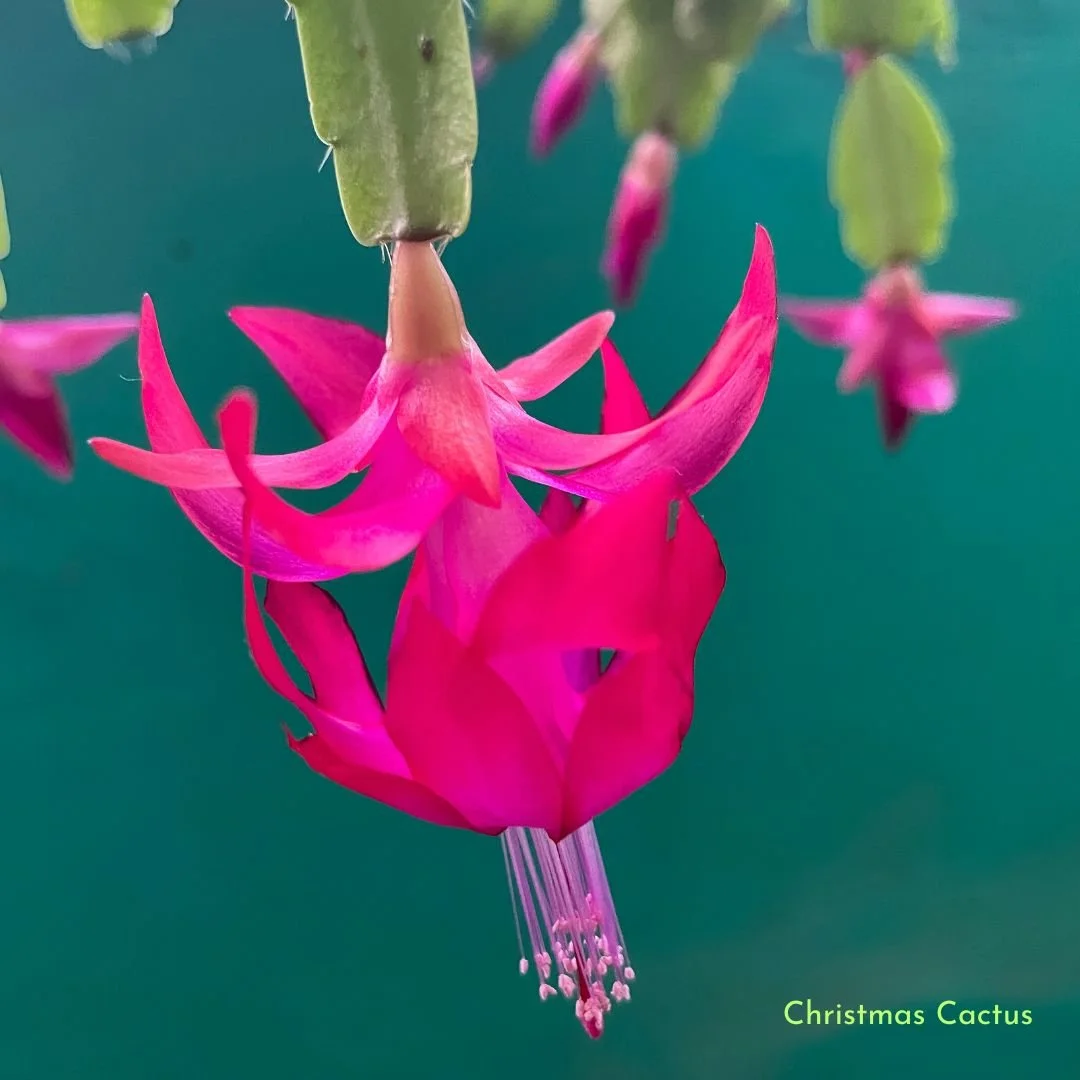
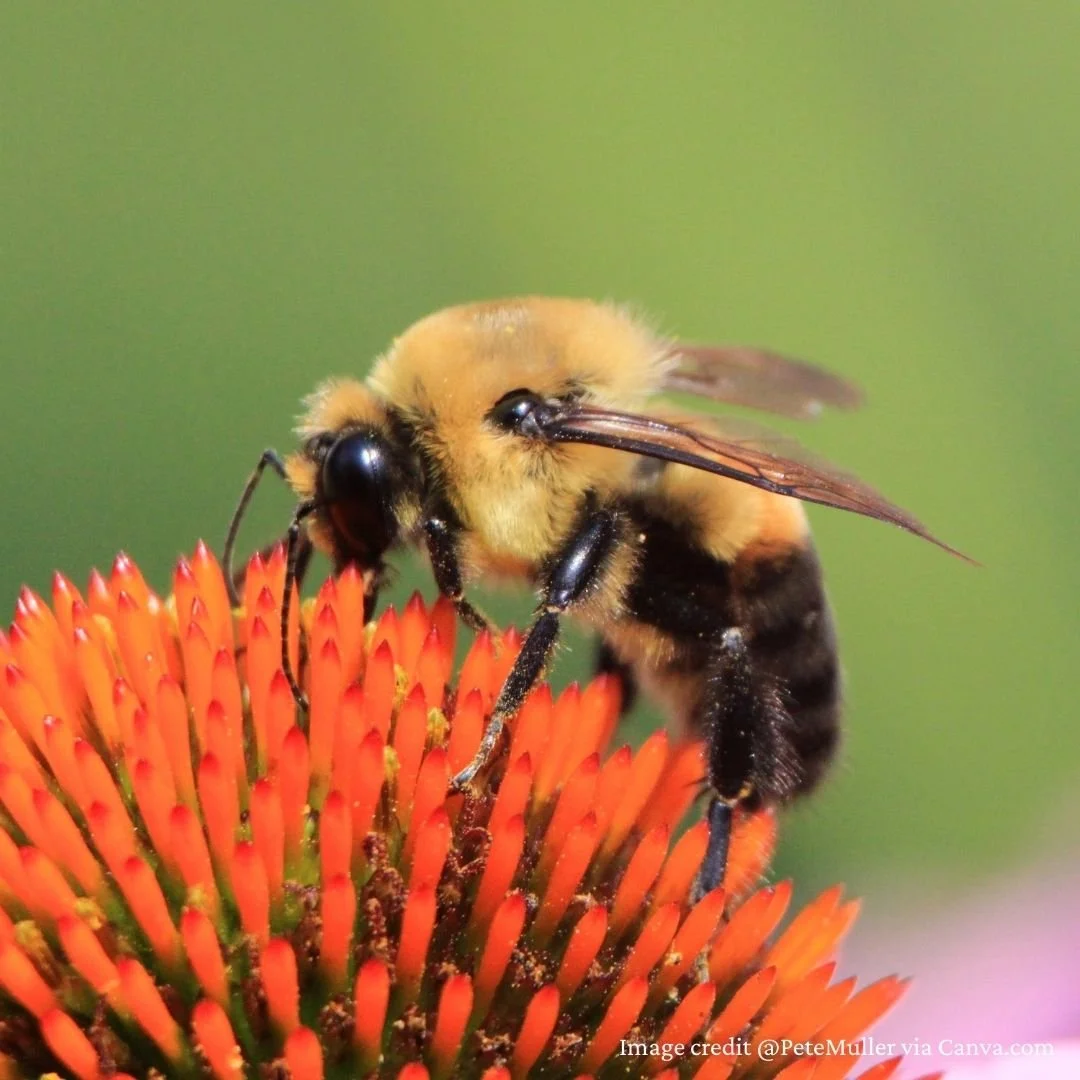

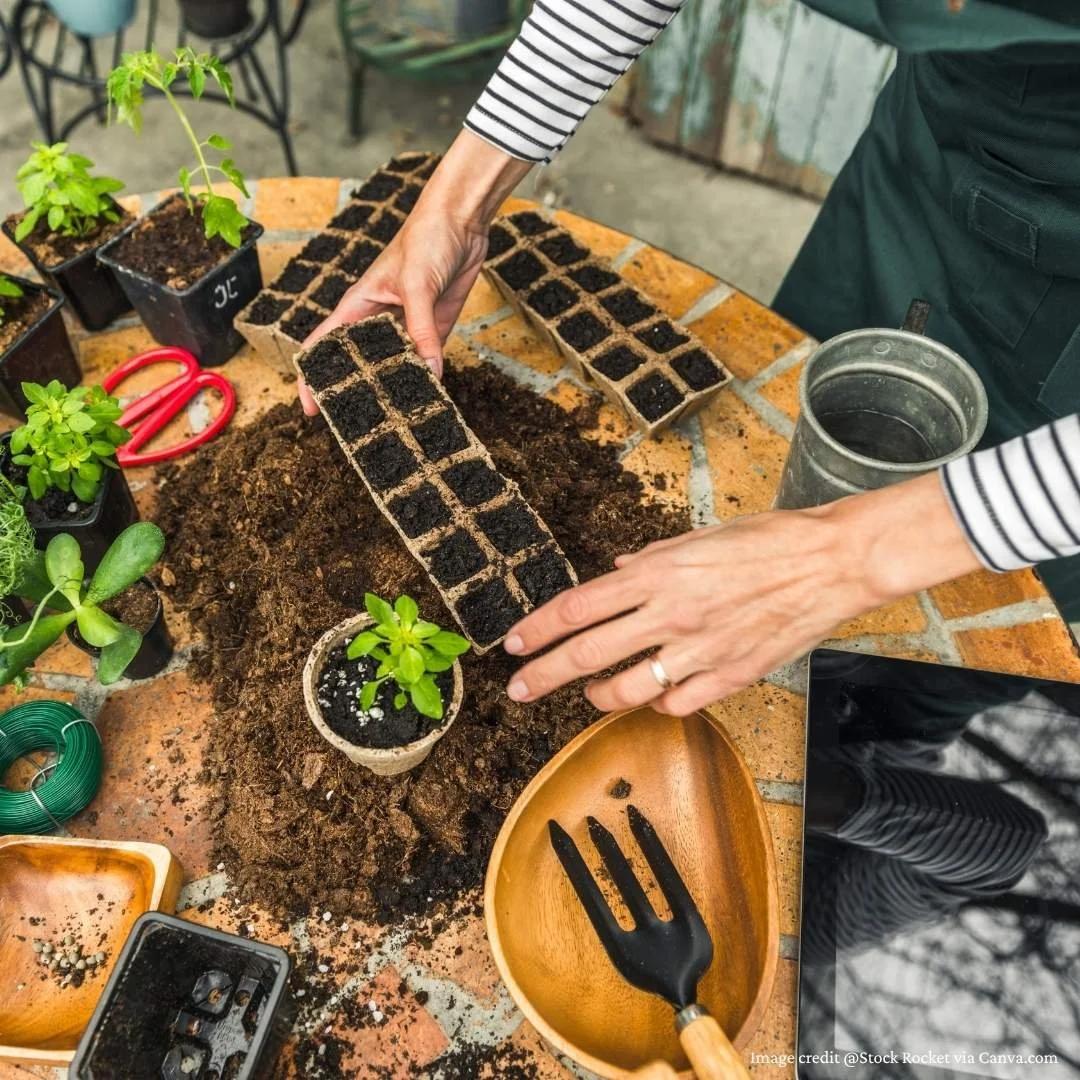
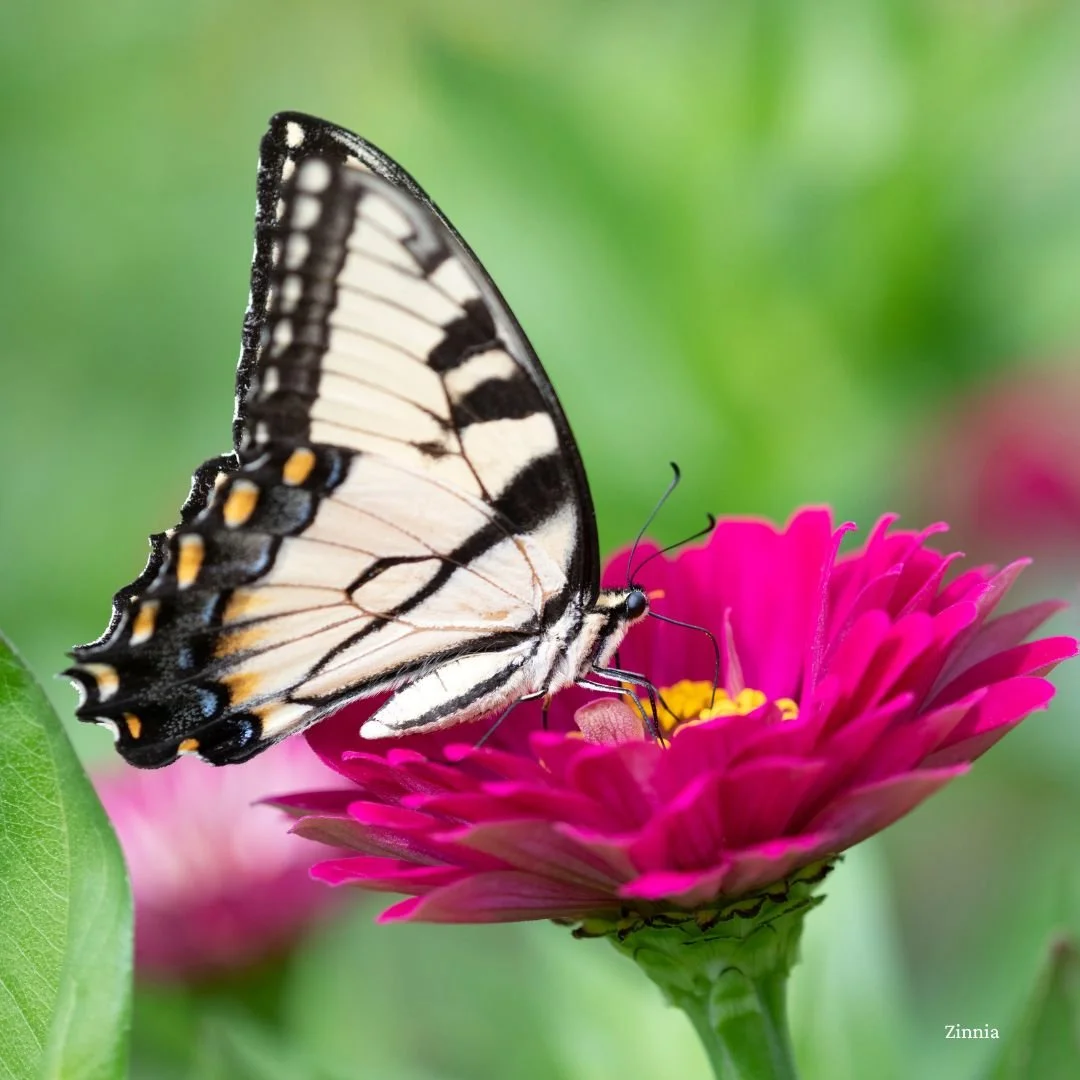
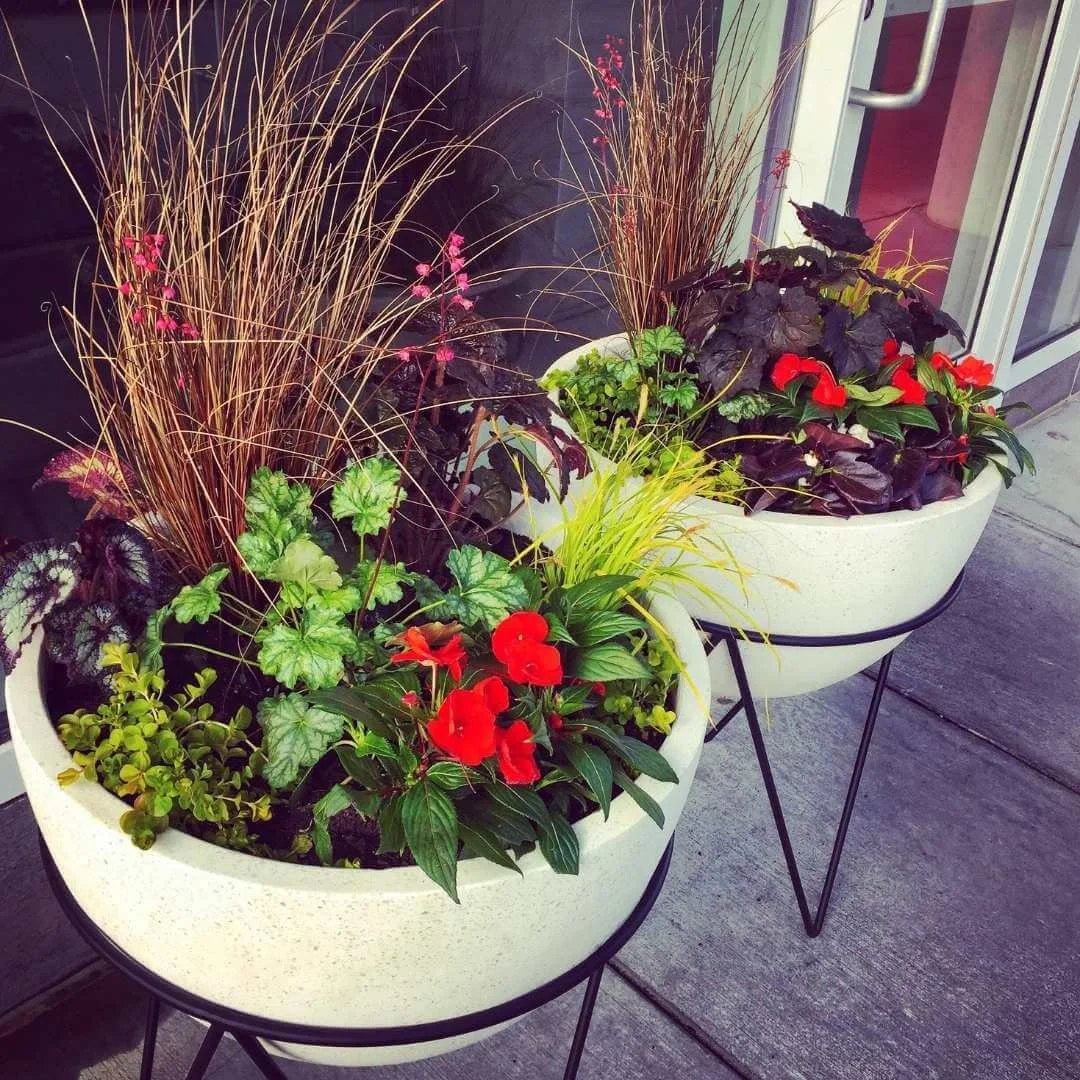
Discover the 25 best plants for full sun that will transform your garden with nonstop color from spring through fall. Complete with expert design tips, real photos, and sound growing advice from a professional landscape designer.